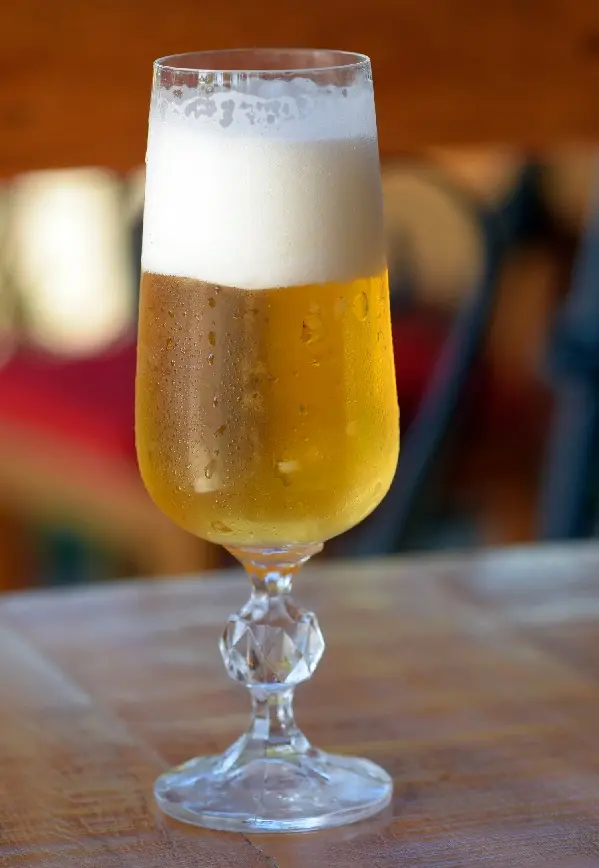An old style that originated in the XNUMXth century. After World War II, it survived the influence of British brewing. It is considered an everyday ale, a distinctive feature is the smoothness of taste, the absence of sharp notes, and balance. The hop profile adds fruity notes to the bouquet, the yeast is felt weakly.
The malt component adds “biscuity” to the taste, thanks to which honey, toast, caramel, nut tones can be felt in the drink. The hops are not very pronounced, the bitterness in the taste is felt more due to the malt.
Color – transparent, light or dark amber with a reddish tint. Forms a dense but unstable foam. The palate is soft, round, the finish is dry or balanced. The components of the bouquet are revealed sequentially. Alcohol is almost not felt, carbonation is moderate.
Belgian pale ale is made from pale ale malt or pils, and may also contain additions of Vienna and Munich malts. We also need Zatec hops, phenolic yeast. The style is similar to English pale ale.

Strength: 4.8-5.5%.
Density: initial 1.048-1.054, final 1.010-1.014.
Bitterness Index: 20-30 IBU.
Color: 8-14 SRM.









